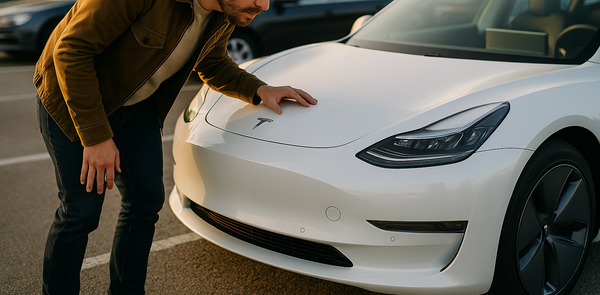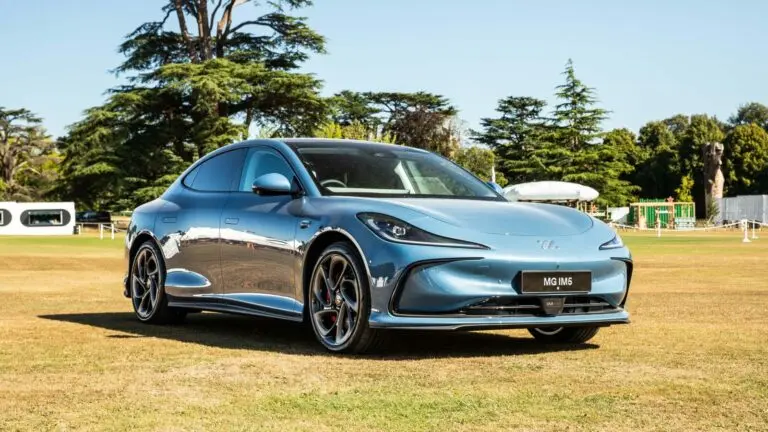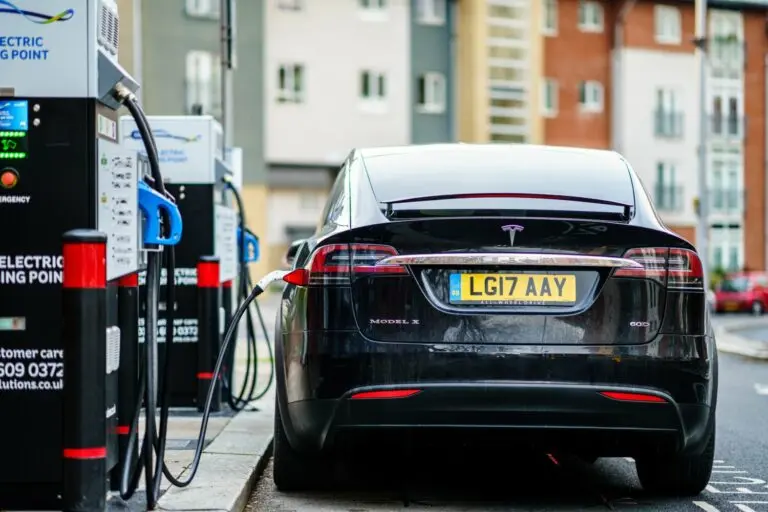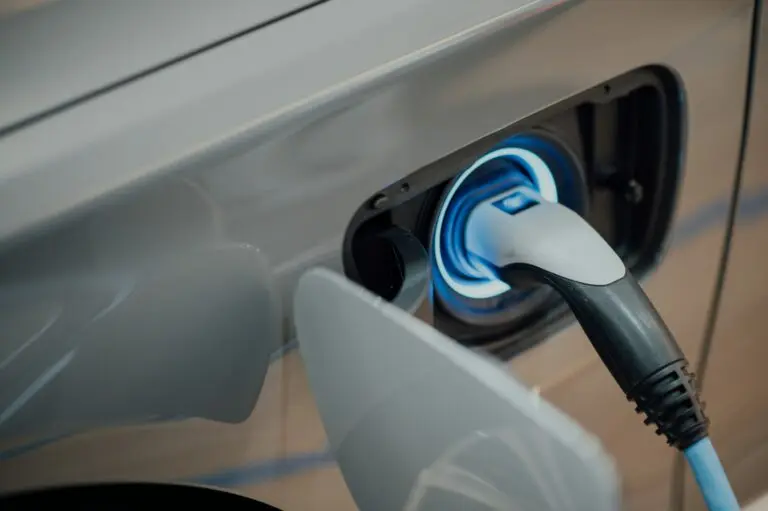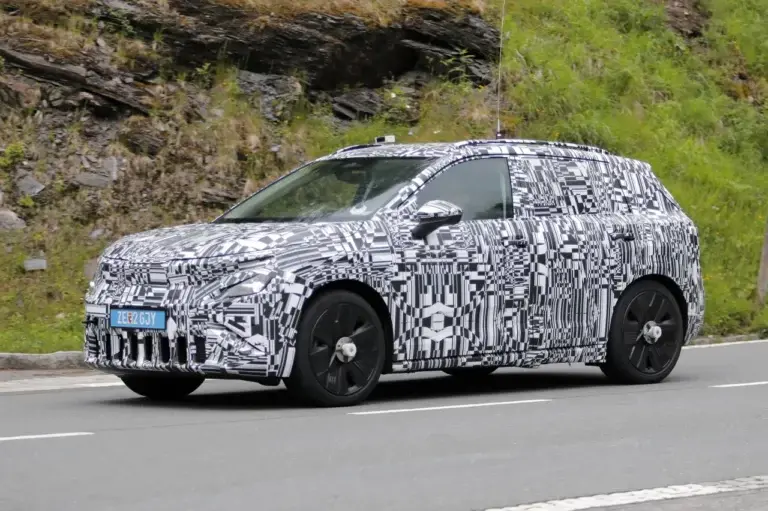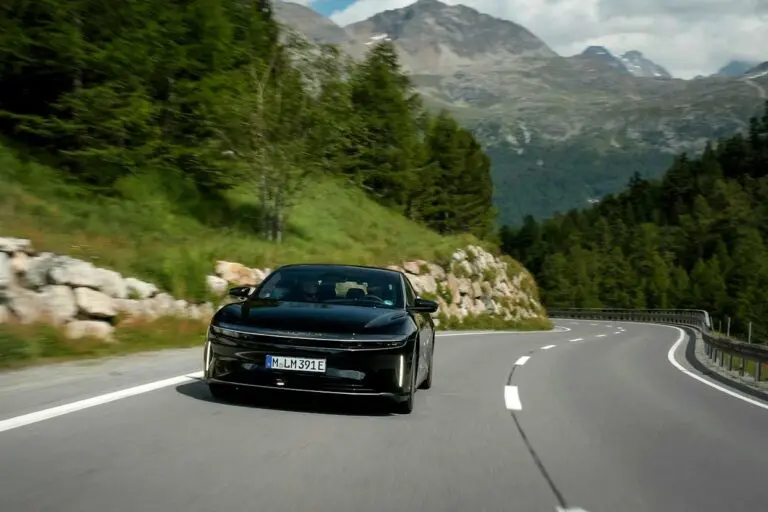The market for used electric cars is growing every year. And while buying a used EV isn’t radically different from buying a combustion-powered car, there are a number of features specific to electric cars that require special attention before you buy.
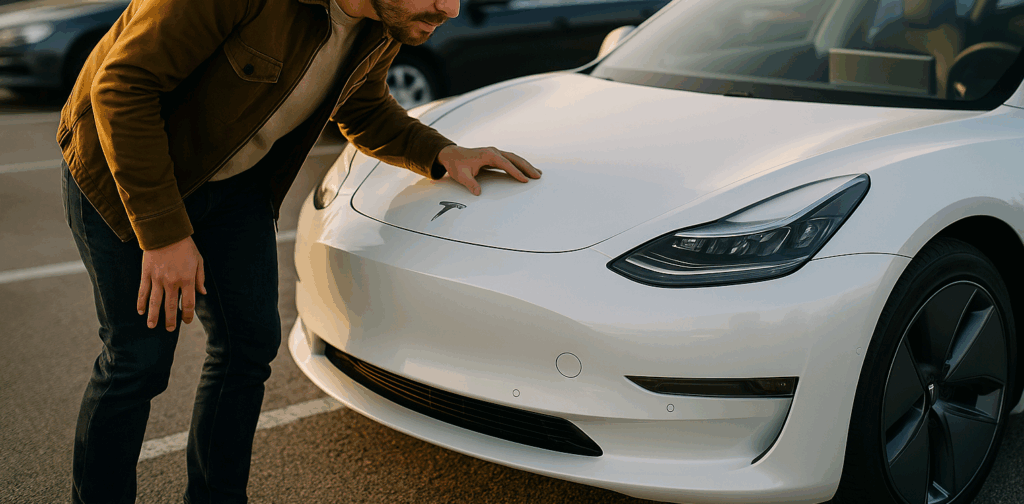
Electric cars were marginal for a long time, but they are now an integral part of the French automotive landscape, and this trend is set to increase in the years ahead, until the sale of new combustion-powered vehicles is completely banned in 2035. This boom is having a direct impact on the second-hand market, which, although still a niche market, continues to grow year on year. In France, for example, the volume of transactions involving used electric cars rose by 54% between 2024 and 2025. So it’s important to be aware of best practice and to adopt the right reflexes before taking the plunge and benefiting from a good deal that’s as environmentally friendly as it is economical.
Checking the condition of the battery in a used electric car
The battery is the heart of an electric car, far more important than the motor. A (very) expensive component, it is necessary to know exactly how healthy it is, or State of Health (SoH), generally expressed as a percentage. If the SoH is above 85%, the range is still optimal. Below 75%, you should move on. To obtain this information, you can use a dedicated manufacturer’s application, or even a tool that connects to the OBD port via Bluetooth.
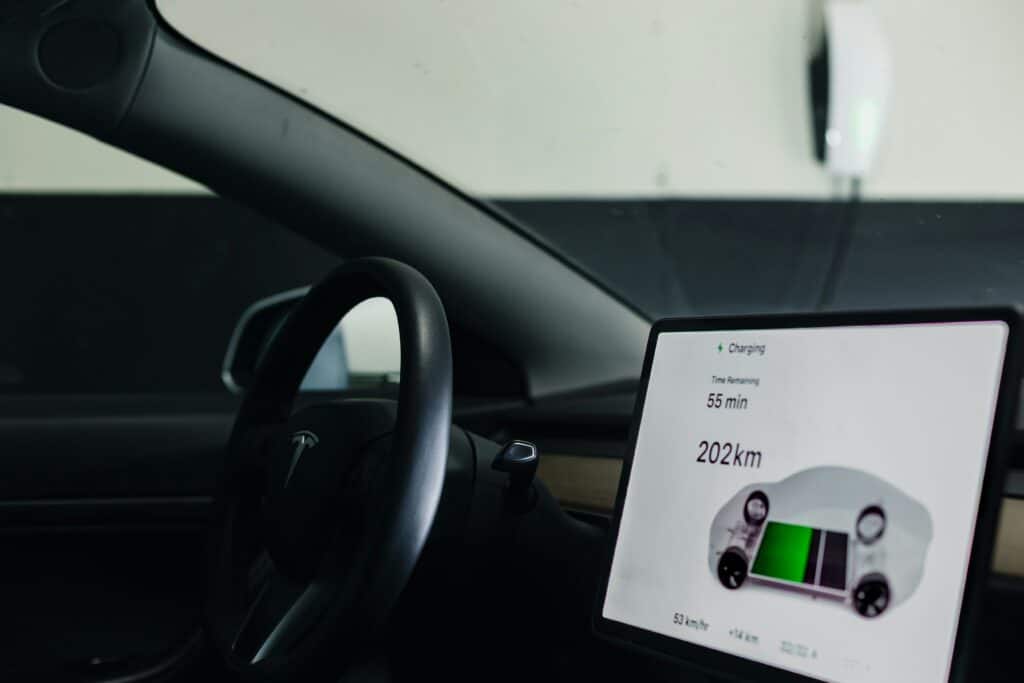
Check the ownership of the battery
Some models, generally the older ones, have been sold with a leased battery. This implies a monthly subscription fee, and can somewhat distort the price offered by the seller. If the seller doesn’t provide this information, it’s a question that absolutely must be asked, because if the battery isn’t included in the sale, it’s a good lever for negotiating the price downwards.
Request a service history for your used electric car
It’s a classic when buying a second-hand car, regardless of the energy it consumes. Just because an electric car requires less maintenance than a combustion-powered vehicle doesn’t mean it doesn’t need it. It’s essential to ask for invoices, check for software updates, and pay particular attention to the parts that suffer most on an electric car: tyres and brakes.
Inspect accessories
When it comes time to inspect the vehicle, it’s important to check that the charging socket is in good condition, that the cables supplied are compatible and in good condition, and that the on-board electronic equipment – GPS, touch screen, cameras, driver assistance – and lighting are working properly.
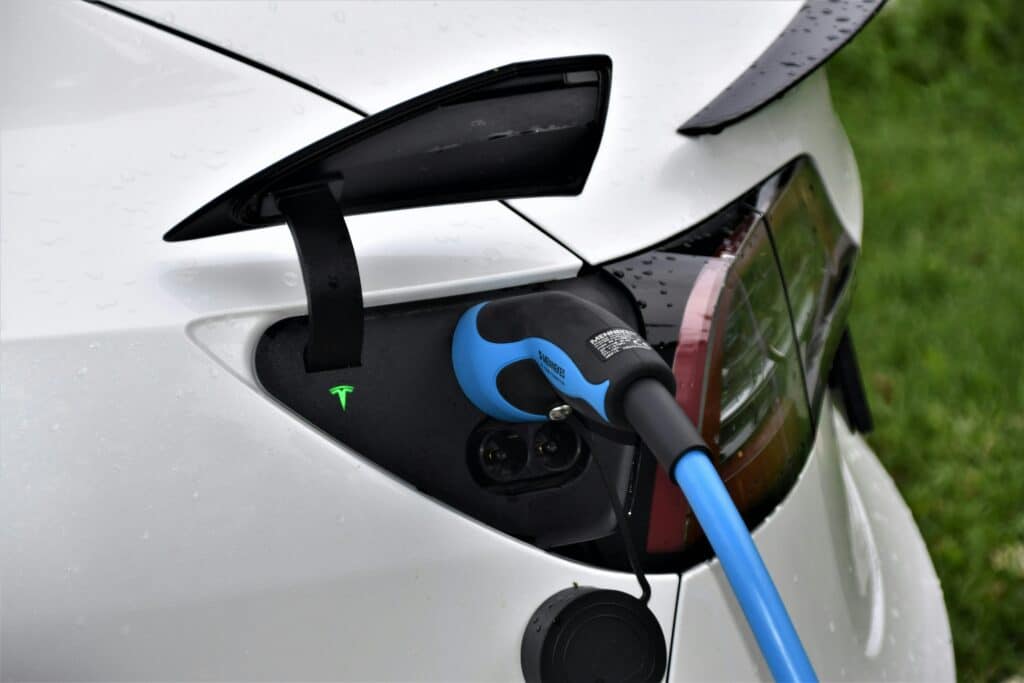
Running away from the first generation of electric cars
As is the case with many electrical and electronic products, the first generations to leave the factory are generally quickly overtaken by the following models, before the situation evens out after a few years and the gap narrows. So a model that came out 10 years ago, with its short-lived batteries, basic equipment and sometimes even incompatibility with modern recharging points, will be much less attractive than the same model from 5 or 6 years ago, fitted with lithium-ion batteries, for example.
Try before you buy
It’s obvious: a test drive is essential before you take out the chequebook. It allows us to assess comfort, silence (and therefore any potentially suspicious noises), power under acceleration, and above all the effectiveness of regenerative braking, which is characteristic of electric cars. Another special feature is the electronics, in particular the control screen, which is checked for fluidity.

